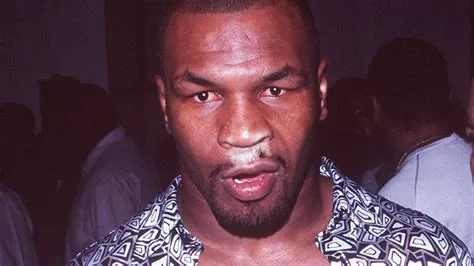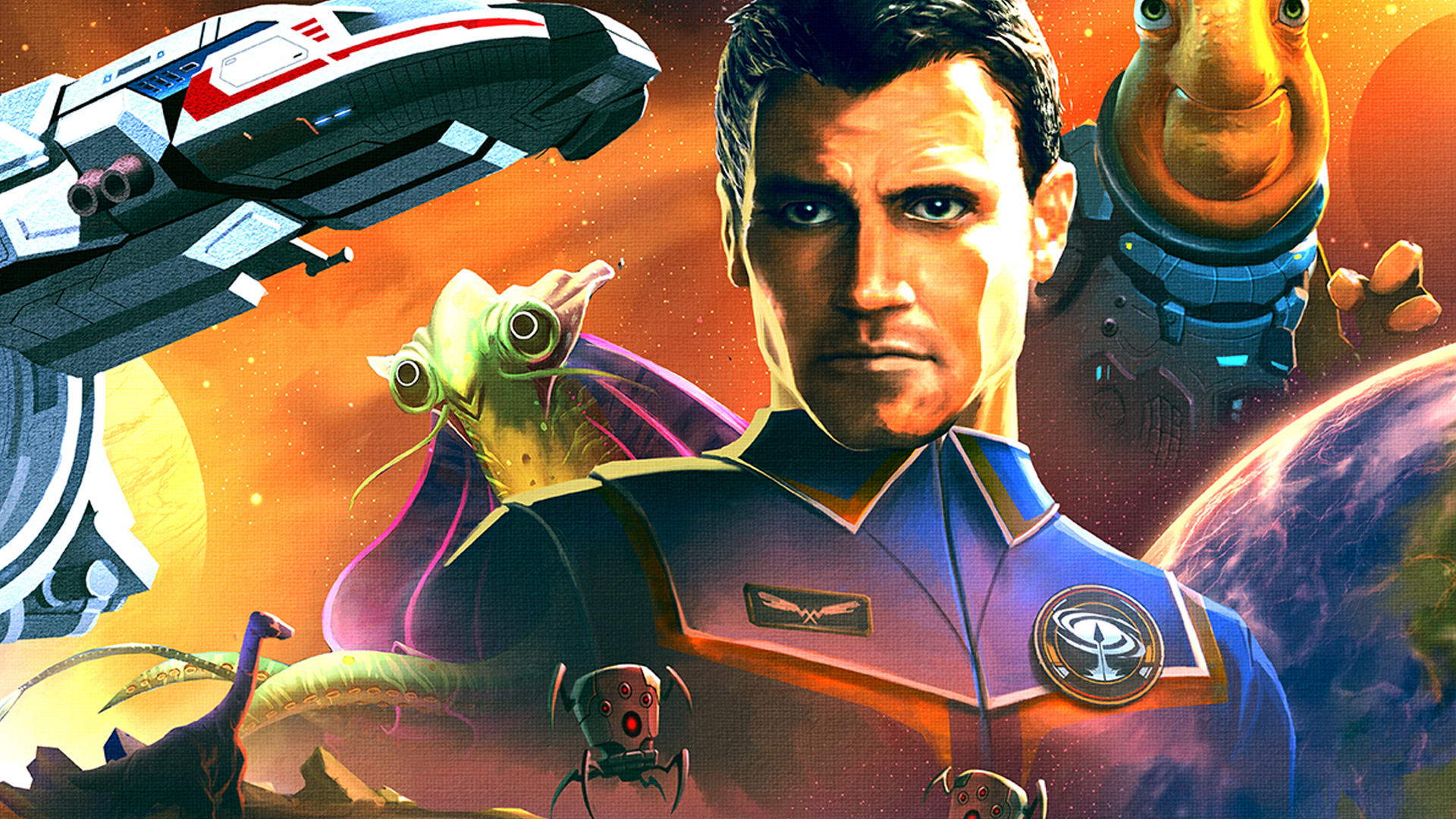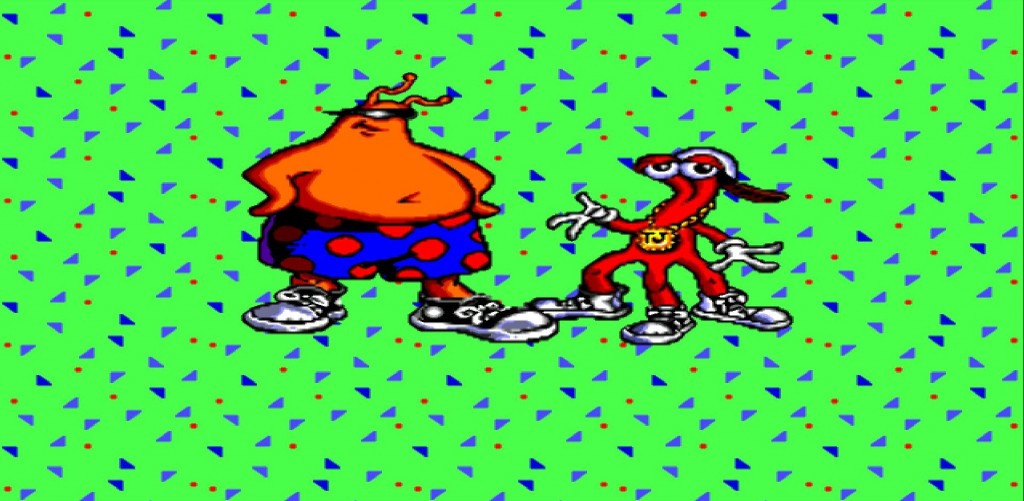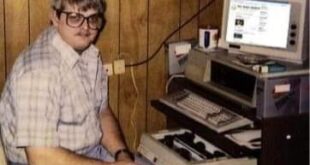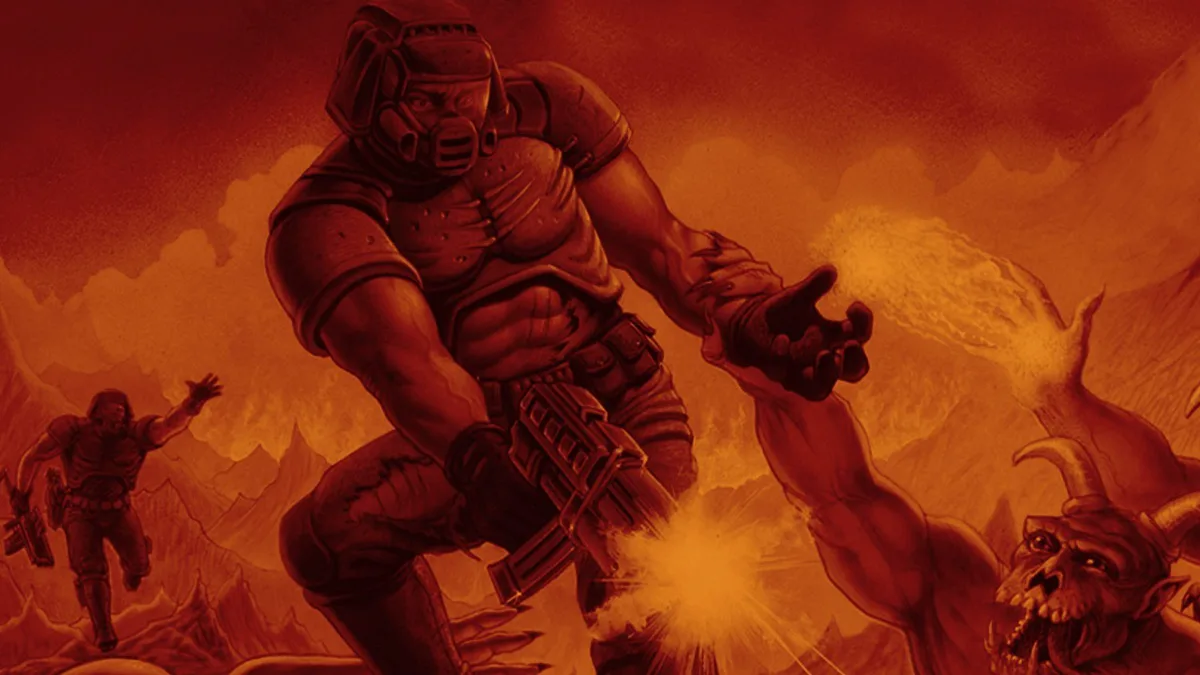NES Punch Out: Mike Tyson – The Game That Defined an Era
The Unstoppable Game
In 1987, Nintendo released Punch Out! NES Punch Out, a game that didn’t just raise the bar for boxing titles, it completely redefined what a sports game could be. Players took control of Little Mac, a scrappy 17-year-old from the Bronx, fighting his way up through a roster of colorful and often bizarre opponents. Every character had unique attack patterns, timing windows, and quirks that turned each fight into a tense blend of memorization, reflex, and strategy. The final boss was none other than heavyweight champion Mike Tyson himself, a name that in 1987 was both a marketing juggernaut and an intimidation factor like no other.
(HEY YOU!! We hope you enjoy! We try not to run ads. So basically, this is a very expensive hobby running this site. Please consider joining us for updates, forums, and more. Network w/ us to make some cash or friends while retro gaming, and you can win some free retro games for posting. Okay, carry on 👍)
What made the game truly remarkable was its perfect balance of simplicity and depth. With just a few basic controls, left, right, punch, dodge, the game managed to create some of the most challenging and rewarding encounters on the NES. Critics and fans quickly hailed it as one of the greatest boxing games ever made, and by 1988 it had sold over a million copies, securing its place as one of Nintendo’s crown jewels (source). The music, the sound effects, the quirky animations, all of it added up to a piece of gaming history that still draws in retro fans today.
Even now, decades later, NES Punch Out: Mike Tyson remains a centerpiece in retro gaming collections. The game has a strange magic to it, the kind of addictive loop where you promise yourself “just one more try” only to find hours have disappeared. It is the combination of high stakes, comedic opponent designs, and the ultimate showdown with Tyson that made the cartridge more than just a game, it became a rite of passage for a generation of NES owners.

The Dark Punch: Tyson’s Troubled Legacy
But behind the glow of 8-bit glory was a much darker reality. Mike Tyson’s public image would soon begin to crack, and with it came speculation about Nintendo’s relationship with the champ. On GameFAQs, one fan bluntly summed up what many suspected:
“they got rid of him because he’s a convicted rapist, a psycho, a wife-beating, ear-chewing, face tattooing madman.”
While that quote captures the raw emotion of the gaming community, the official story is far more corporate. Tyson’s contract with Nintendo was reportedly for just three years, ending around 1990 shortly after he lost his title in a shocking upset to Buster Douglas. Nintendo didn’t renew the deal, instead replacing Tyson with “Mr. Dream” in later releases (source). On paper, it was a simple business move. But for many fans, it looked like Nintendo was quietly putting distance between themselves and a man whose personal life was spiraling into controversy.
The whispers gained more traction when a planned sequel, Mike Tyson’s Intergalactic Power Punch, was retooled mid development. Tyson’s likeness was stripped out and replaced with a fictional fighter after his legal troubles escalated (source). Whether Nintendo was protecting their brand or dodging a PR nightmare, the message was clear: Mike Tyson’s name was no longer an asset.
There are even persistent rumors in retro gaming circles that Nintendo executives had seen the writing on the wall long before Tyson’s contract was up. Stories claim that internal discussions about “risk management” and “brand safety” began as early as 1989, when Tyson’s out-of-ring antics started dominating headlines. While no official record confirms these talks, the timing of his removal from the game, so soon after his shocking loss, gave conspiracy-minded fans plenty of ammunition to believe Nintendo wanted a clean break before Tyson’s legal troubles could explode in the media.
Tyson’s Business Knockout
Perhaps the most shocking part of this story is just how little Tyson was paid for lending his name to one of the NES’s most iconic games. According to PlayerNature.com, Tyson earned a mere $50,000 for a three year likeness contract with no royalties, while NES Punch Out: Mike Tyson went on to generate massive profits, potentially reaching into the billions. For a man whose name was on the box and whose pixelated face haunted countless players’ nightmares, that payday was a light jab, not a knockout.
Some analysts argue that this was one of the greatest underpayments in gaming history. The game was heavily marketed with Tyson’s face, and commercials played up the thrill of facing the real-world heavyweight champion in an NES game. For Nintendo, this was marketing gold. For Tyson, it was a deal that in hindsight may have been worth hundreds of times what he received. The irony is that while Nintendo ultimately distanced themselves from Tyson, they owe a huge part of the game’s initial success to the buzz his name generated.
Why the Game Still Hits Hard
Even without Tyson’s name on later versions, the game’s legacy is untouchable. The challenge of memorizing each opponent’s patterns and executing perfect counters remains addictive to this day. Modern speedrunners have kept the spirit alive, with legends like Summoning Salt attempting thousands of runs to shave milliseconds off their fight times. In one famous case, he spent five years and over 75,000 attempts to beat Tyson in under two minutes, a feat equal parts skill, endurance, and luck (source).
What’s even more impressive is how the game continues to inspire competitive communities around the world. From Twitch marathons to retro gaming tournaments, NES Punch Out: Mike Tyson has become more than a nostalgic pastime—it’s a proving ground. Beating Tyson without taking a hit is still seen as one of the ultimate gamer bragging rights. And while many players will never even make it to the champ, the sheer thrill of trying is part of what keeps the game relevant nearly forty years later.
The truth is, NES Punch Out: Mike Tyson stands as one of Nintendo’s greatest achievements, blending arcade style reflexes with the depth of a strategic puzzle. It is a reminder of an era when games didn’t need sprawling 3D worlds or cinematic cutscenes to be unforgettable, they just needed to be perfect where it counted.
 Retro Replay Retro Replay gaming reviews, news, emulation, geek stuff and more!
Retro Replay Retro Replay gaming reviews, news, emulation, geek stuff and more!
